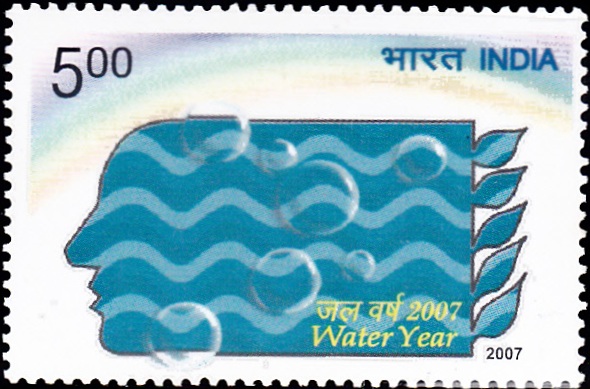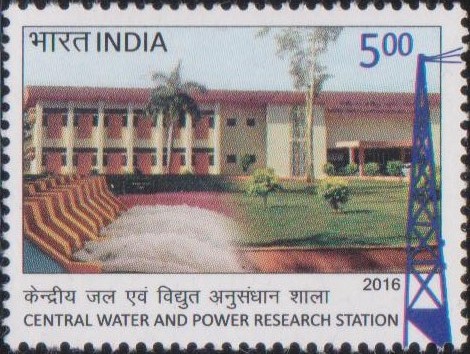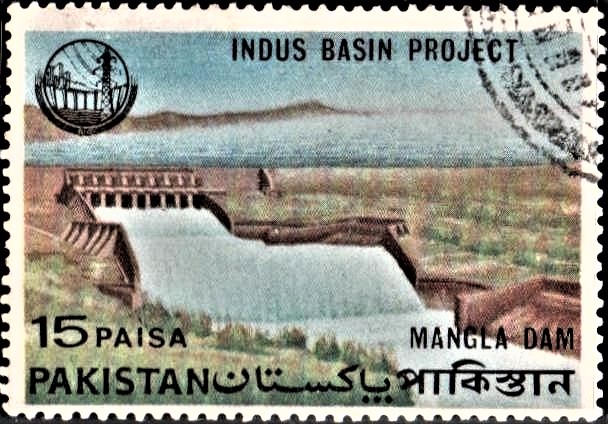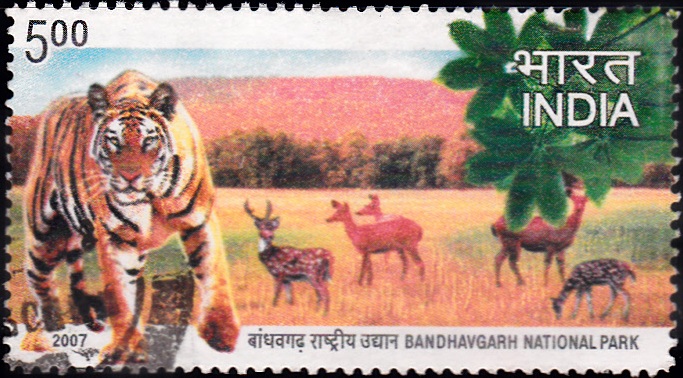
India on Water Year 2007
A commemorative postage stamp on the National Hydrological Year, a time period of 12 months for which precipitation totals are measured :
Issued on Dec 28, 2007
Issued for : India Post is proud to issue a commemorative postage stamp on “Water Year 2007” and contribute to the cause of effective water management.
Credits :
Stamp & FDC : Suresh Kumar
Cancellation : Alka Sharma
Type : Stamp, Mint Condition
Colour : Multi color
Denomination : 500 Paise
Stamps Printed : 0.4 Million
Printing Process : Wet–offset
Printer : Security Press, Hyderabad
About :
- “Water water everywhere but not a drop to drink”. Coleridge in his famous classic Ancient Mariner so succinctly described the paradox of water as a resource. Two thirds of earth is covered with water and one third by land. Yet, the scarcity of fresh water has posed a major challenge before the human beings in the present century. Global warming is affecting the glacial regions and cataclysmic changes leading to rising seas and inundation of low lying land masses can happen more quickly than we ever anticipated. Insufficient water storage capabilities are leading to recurrent floods and draughts world over.
- India faces a challenging water future. Water resource management system requires immediate attention and a national policy perspective to sustain the developments that India envisages. Water availability of the country as a whole has been assessed as 1869 billion cubic meters (BCM) of which only 1123 BCM can be utilized that includes 690 BCM surface water and 433 BCM ground water resources.
- India has a highly seasonal pattern of rainfall with 50% of precipitation falling in just 15 days and over 90% of river flows in just 4 months. Throughout history people have adapted to this unique flow by either living along the river banks or harvesting imaginatively in tanks and underground storages. Water management was largely community oriented. Over last 150 years India has made huge investments in managing water infrastructure and to solve the water crisis.
- India can store only 30 days of rainfall compared to 900 days in major river basins in the arid areas of developed countries. The present per capita storage capacity is only 207 cubic meters as compared to 1111 cubic meters in China. Growing population further puts pressure on per capita availability of water. It is estimated that it will be about 1341 cubic meters by 2025. The need for storage will still grow due to climatic changes that are bound to have major impact on India.
- India faces challenges in the water sector in the form of declining per capita availability of water, over exploitation of ground water resources leading to lowering of ground water table in certain pockets, deterioration in the water quality, cost and time over-runs in the completion of irrigation and multi-purpose projects and poor maintenance of the existing systems. Of-course, the most important challenge is to appropriately address the natural disasters like floods and droughts.
- In such a background it is extremely essential that our precious asset is governed by a national perspective and an effective plan to harvest, conserve and utilize water gainfully. The Union Cabinet in its meeting on 4.1.2007 accepted the proposal of the Ministry of Water Resources and declared year 2007 as Water Year. The National Common Minimum Programme has laid great emphasis on water sector. Public investment in irrigation is planned to be stepped up in a sympathetic manner. Irrigation and drinking water have been accepted as two important components of Bharat Nirman.
- Text : Based on material provided by the proponent.
Subscribe
Login
0 Comments








